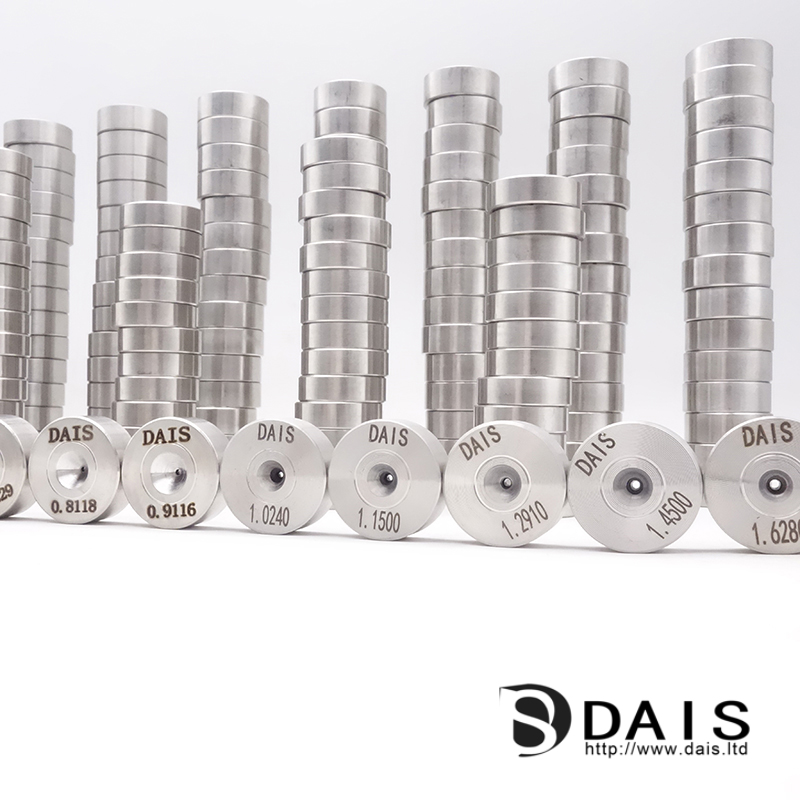Search

ADD:Building 123, Phase 3, Enterprise Base, No. 1 Lianhua Street, High-tech Industrial Development Zone, Zhengzhou, Henan, China
MOB.: +86-15517518512
MOB.: +86-15515520695
E-MAIL: admin@dais.ltd

Diamond film is hailed as a new type of functional material in the 21st century. This is mainly because the diamond film has a hardness very close to that of natural diamond, high elastic modulus, low friction coefficient, extremely high thermal conductivity and high room temperature resistivity, excellent insulation and chemical stability, and high It has excellent properties such as high electrical and hole mobility and transparency in a wide range of light waves, and it has a wide range of application prospects in high-tech fields such as machinery, electrical, biomedicine, aerospace, and nuclear energy. Since the mid-1980s, in the upsurge of research and development of diamond films that swept across the globe, the excellent properties of diamond have attracted the investment of many scientific and technological workers. From 1970, Soviet scholar Deryagin et al. used chemical vapor deposition (CVD) to realize the transformation from graphite to diamond under low temperature and low pressure conditions, to the early 1980s Japanese scholar Setaka et al. initially demonstrated in the research of chemical vapor deposition of diamond films It became possible for practical applications, and substantial progress began to be made in the early 1990s. This has opened up a broader world for the further development and application of diamond film materials.
1.2 Overview of diamond materials
1.2.1 The structure and morphology of diamond material
In nature, carbon exists in the allotropic form of amorphous carbon black, hexagonal lamellar graphite, and cubic diamond 3. Diamond is a typical original crystal, belonging to the equiaxed crystal system, and its crystal structure is shown in Figure 11. The diamond cubic unit cell is composed of two interpenetrating and centered cubic lattices, one of which is on the diagonal of the other centered cube, and its neighbors are formed by SP3 hybrid orbitals to form a strong bond. . In its crystal structure, the carbon has a highly symmetrical arrangement. Each carbon atom is hybridized with the SP3 bond orbital and 4 carbon atoms to form a covalent single bond, respectively pointing to the four corners of the tetramer, and each corner of the tetramer is an adjacent 4 All four bodies share. C. The covalent bond between the carbon atoms is connected, the coordination number of the carbon atoms is 4, the angle between the bonds is 109. 28", the distance between the carbon atoms and the adjacent 4 carbon atoms is equal, and the spacing is 0154450nm.
Diamond belongs to the centered cubic structure, and its carbon original arrangement has a high degree of symmetry. The carbon original ground state electric layer structure is IS22S22P2, and its shell layer has four electric layers. The 2S shell has only one electrified orbit, two electrified on the 2S orbit, and the white spin is opposite. The 2P shell has three tracks, namely 2Px.2PY and 2Pz. When carbon is formed into diamond, the four orbitals of 2S, 2Px.2PY and 2Pz of carbon will form four SP3 hybrid orbitals, and their symmetry axes point to the four corners of the quadrangle. Each carbon precursor uses this hybrid orbital and a carbon precursor.